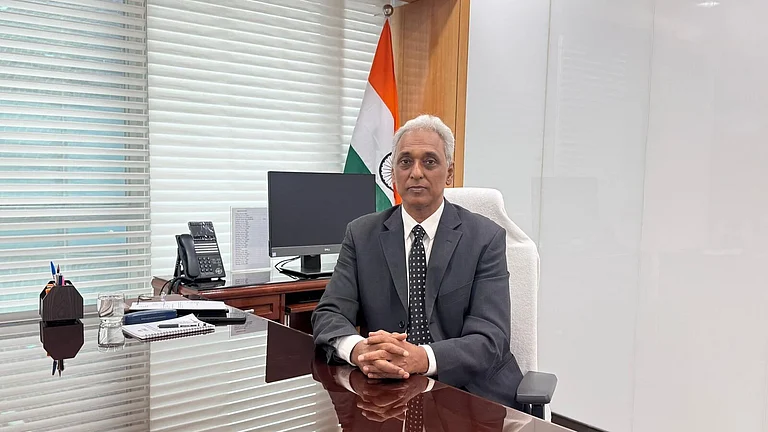NPS accounts seeing rising PoP registrations since April this year. PFRDA clarifies the process for KYC updation for accounts opened with PoPs, serving as the primary interface for KYC compliance
How To Complete KYC For NPS Account Opening: Online, Offline, Aadhaar, And CKYC Methods
NPS accounts soar via PoPs with new methods for KYC submissions and verification. One can submit KYC through face-to-face as well as through non-face-to-face modes
The National Pension System (NPS) account is for all Indian citizens, including non-resident Indians. While the e-NPS account can be opened online, most people prefer opening the account with a point of presence (PoP) to feel more secure. It is evident from the PFRDA data that, between April 2025 and October 05, 2025, 3,68,488 subscribers registered for NPS through PoPs, whereas only 85,495 subscribers registered through eNPS. However, to open the account, whether online or offline, the foremost requirement is to submit know your customer (KYC) details.
Recently, the Pension Fund Regulatory and Development Authority (PFRDA) launched the Multiple Scheme Framework (MSF) under which pension fund managers can launch NPS schemes with 100 per cent equity exposure. The variety of options under NPS is to encourage individuals to invest in their preferred choice. In another circular, it issued guidelines for PoPs for onboarding subscriber and obtaining their KYC.
According to it, onboarding starts with the subscriber “selecting either All-Citizen or Corporate Model or any scheme under Multiple Scheme Framework (MSF) under NPS, providing personal details, completing KYC formalities, providing consents, etc. In this regard, Points of Presence (PoPs) serve as the primary interface, supported by Central Recordkeeping Agencies (CRAs) for facilitation of operational activities and recordkeeping.”
So, it is the PoP's responsibility to ensure every account is KYC compliant. When a subscriber submits the KYC or provides consent to PoPs to use their existing KYC, PoPs verify the details before submitting them for further processing. These can be verified face-to-face or non-face-to-face with both digital and virtual modes.
KYC Submission And Verification: How It Is Done
Face-To-Face: It means direct interaction between a subscriber and PoP, which could happen online as well as offline.
Physical Verification: Under this, the officials of the PoP verify the details with the original Officially Valid Documents (OVD) document, such as passport, aadhaar, etc., take a copy of the document, and mark it with original seen and verified (OSV).
Video-Based Customer Identification Process (VCIP): Under this, the official conducts a live video call with the subscriber to verify the identity as well as the documents in real time. It is simply the digital version of the in-person verification.
Aadhaar-Biometric KYC: A PoP official verifies the biometric details, such as fingerprint, iris, or face recognition, to verify the KYC and identity of a subscriber.
Human-Assisted Digital KYC: Under this, a PoP official captures a subscriber’s live photograph, digital OVD image, and geo-coordinates to ensure the identity and KYC.
Non-Face-To-Face KYC
Aadhaar-Based OTP: No face-to-face verification is required in this. Under this, the subscriber authenticates the details using OTP on the Aadhaar-registered mobile number.
Offline QR code on Aadhaar: This verification also doesn’t involve a live identity verification. Under this, the subscriber only needs to provide offline Aadhaar data.
Unassisted VCIP: It is similar to face-to-face video calling, but without involving a person on the PoP’s end. Subscribers can use a secure video platform that offers automated identity verification. Another verification mode could be “hybrid” with a combination of automated KYC verification and human intervention or review in complex cases.
DigiLocker: Another mode of KYC submission is DigiLocker. Subscribers can submit details via Digitlocker, or if they have the 14-digit central KYC (CKYC) identifier, then share it with the PoP, allowing them to fetch the subscriber’s details from the records.
Bank Core Banking System (CBS): It is for those subscribers who have a savings account in a bank, and the bank already has their KYC. A subscriber needs to give consent and confirm it with the OTP.
So, if you face an issue in submitting the KYC, check other modes through which it can be done easily.



